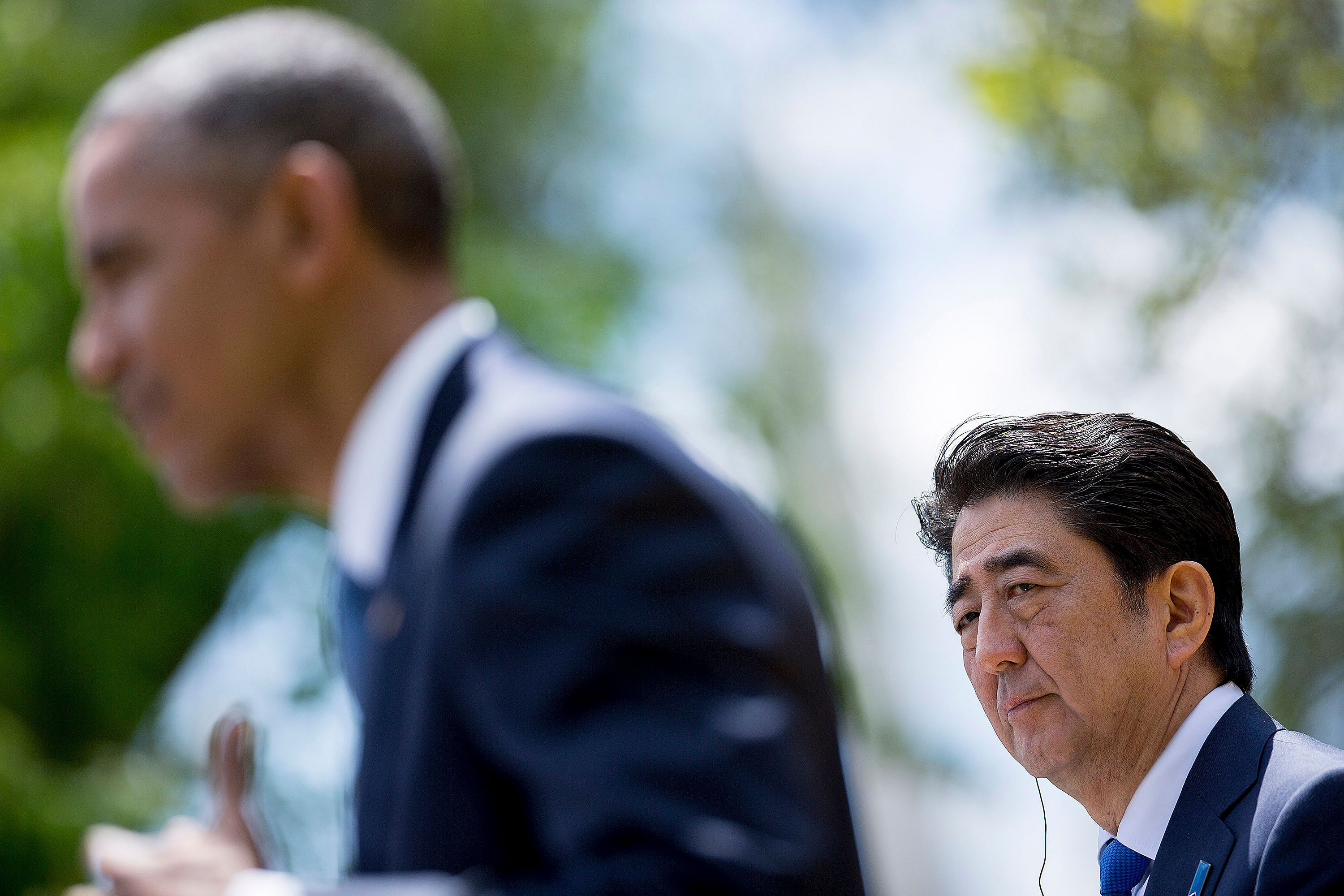US exit from TPP: What it means and what could happen next
Sign up now: Get ST's newsletters delivered to your inbox
Follow topic:
This article was first published on Apr 25, 2014, and last updated on Jan 24, 2016
President Donald Trump on Monday (Jan 23) made good his promise of pulling out of the Trans-Pacific Partnership (TPP) free trade pact by signing an executive order for the US to formally withdraw from the 12-nation agreement.
"We've been talking about this for a long time...great thing for the American workers what we just did," said Mr Trump, who had denounced the TPP as a "job killer" and a "rape" of American interests.
His decision is a blow to the pact, which took five years of negotiations before a deal was reached in 2015. The TPP, which Washington had signed but not ratified, was a pillar of former President Barack Obama's pivot to Asia.
Here's a quick guide on the TPP and the implications of the US withdrawal:
1. WHAT IS TPP?

The 12 ministers lining up for a photo on the beach during earlier TPP talks at Hawaii's Westin Resort in Hawaii on July 30, 2015.
PHOTO: REUTERS
It is one of the most ambitious free trade agreements ever attempted and involves 12 countries - the US, Australia, Brunei, Canada, Chile, Japan, Malaysia, Mexico, New Zealand, Peru, Singapore and Vietnam.
It is aimed at deepening economic ties among these nations and is expected to substantially reduce tariffs, and even eliminate them in some cases, and help open up trade in goods and services. It is also expected to boost investment flows between the countries and further boost their economic growth.
For the US, the TPP represents 40 per cent of world trade and a destination for over 60 per cent of US exports. Initial estimates claim the TPP would add US$305 billion (S$437 billion) in exports per year globally, with nearly half accounted for by an increase in US exports by an additional US$123.5 billion.
The TPP is also a strategic arrangement using free trade as an anchor. As China is not among the participants, the pact provides an economic counterweight to Beijing in the region by securing preferential access to Asia's markets for US companies over Chinese firms.
2. WHAT MR TRUMP SAYS ABOUT IT


4. WHAT IT MEANS FOR CHINA


